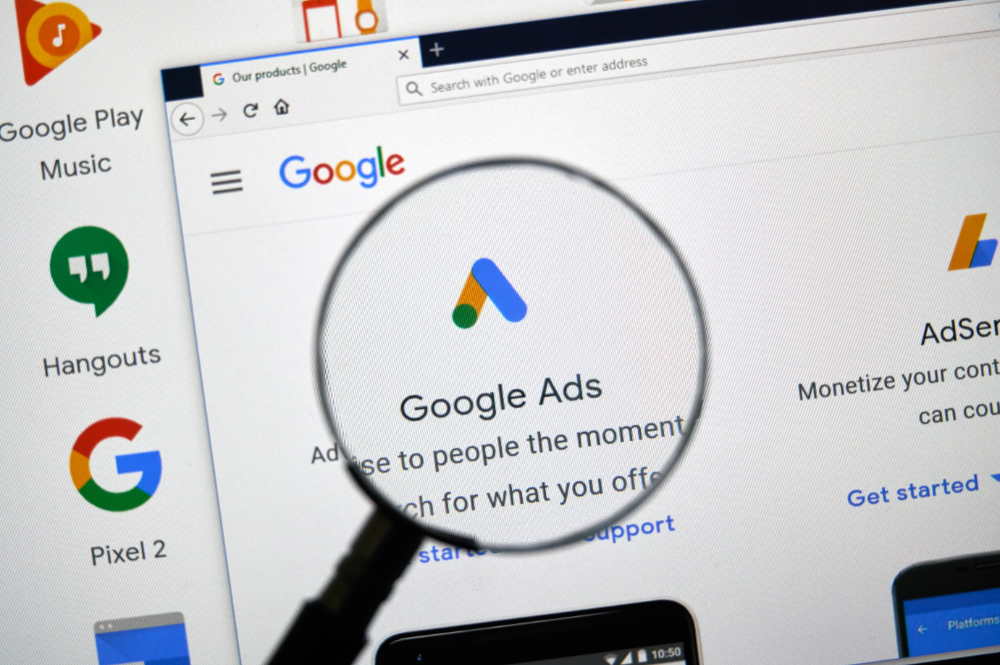Unlocking the Power of Online Advertising Through Google Ads
How does Google Ads work? Google Ads, formerly Google AdWords, is not just a digital and online marketing tool but a powerful one that can revolutionise your business. It’s a platform that combines paid search, display advertising, and various other techniques to drive traffic, boost sales, and expand your business. This article delves into the world of Google Ads, unveiling its potential to transform your marketing campaigns.
Understanding Google Ads Fundamentals
Google Ads is a pay-per-click (PPC) advertising platform, meaning advertisers pay each time a user clicks on their ad. This model is also known as cost-per-click (CPC) advertising. The platform allows for detailed targeting, enabling ads to be shown to potential customers actively searching for specific keywords related to the products or services offered.
Types of Advertising Through Google Ads
Google Ads offers several forms of advertising to cater to different marketing goals:
- Search Engine Advertising: These ads appear at the top or bottom of Google search results when users search for related keywords.
- Display Advertising: These ads appear on a vast network of websites across the internet, not just on Google search pages, and can include text, images, or video formats.
- Video Ads: Often run on YouTube and other video platforms, these ads can be targeted based on demographic profiles, interests, or data about previous interactions with the advertiser’s content.
- Shopping Ads: These give users a direct look at products available for purchase, displaying images, prices, and descriptions directly in search results.
- Mobile Advertising: Specifically optimised for mobile devices, these ads can appear in apps or websites browsed on smartphones and tablets.
Setting Up a Google Ads Campaign
Creating a successful Google Ads campaign involves several strategic steps:
- Keyword Research: This involves identifying keywords that potential customers might use to find your products or services. Tools like Google’s Keyword Planner can help refine your keyword list.
- Campaign and Ad Group Setup: Organise your ads into campaigns and groups that keep related ads together for easier management and analysis.
- Writing Effective Ad Copy: Compelling ad copy can significantly improve the performance of your ads. Include clear calls to action and benefits to attract clicks.
- Setting Budgets and Bids: Decide your daily budget and how much you will pay per click. Google Ads offers automated bidding strategies that optimise your bids based on your goals.
- Monitoring and Adjusting: Once your ads are running, you need to monitor their performance and make adjustments to optimise based on the data Google Ads provides.
Measuring Success with Google Ads
To determine the effectiveness of your Google Ads campaigns, you need to track various metrics such as click-through rates (CTR), conversion rates, and the overall return on ad spend (ROAS). Google Ads provides multiple analytics and reporting tools that allow you to measure these metrics and gain insights into your ads’ performance.
Advanced Strategies in Google Ads
For those looking to take their Google Ads campaigns to the next level, consider exploring advanced strategies such as retargeting and programmatic advertising. Retargeting allows you to show ads to users who have previously visited your website but did not make a purchase. At the same time, programmatic advertising uses algorithms to automate the buying of ads and target audiences more precisely.
When used correctly, Google Ads is a versatile advertising tool that can significantly enhance your online marketing efforts. By understanding how to create, manage, and optimise your ads effectively, you can ensure that your digital marketing strategy delivers substantial results.


